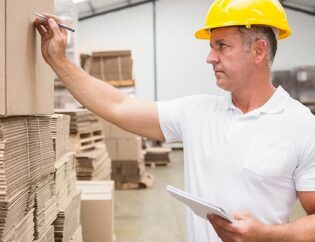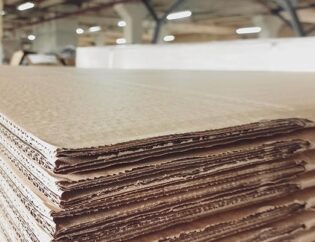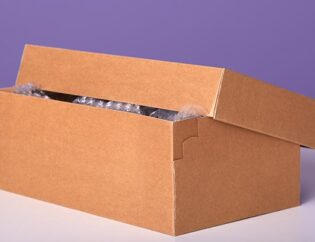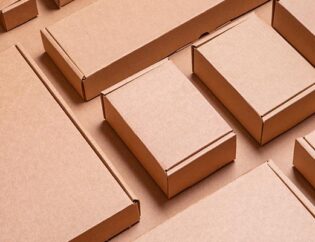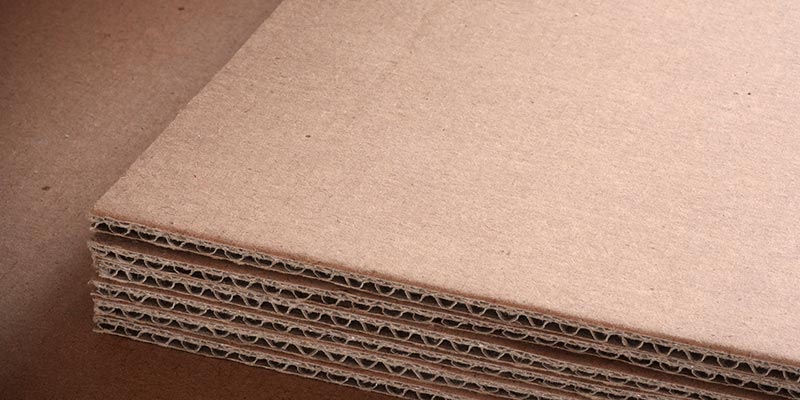
Comprehensive Guide to Cardboard Sheets: Uses, Types, and Industry Applications
- Introduction
- What Are Cardboard Sheets?
- Difference Between Cardboard Sheets and Corrugated Boxes
- Types of Cardboard Sheets
- Applications of Cardboard Sheets
- Manufacturing Process of Cardboard Sheets
- Environmental Impact of Cardboard Sheets
- Case Study: BC Box Manufacturing Ltd.
- Future Trends in Cardboard Sheets
- Practical Tips for Choosing the Right Cardboard Sheets
- Conclusion
- Frequently Asked Questions (FAQs)
1. Introduction
Cardboard sheets are a versatile and essential material used across various industries, from packaging to agriculture. These sheets offer a range of benefits, including cost-effectiveness, durability, and environmental sustainability. In this article, we will explore the different types of cardboard sheets, their applications, and how they compare to other packaging materials like corrugated boxes. We’ll also delve into the future trends and practical tips for selecting the right cardboard sheets for your business.
2. What Are Cardboard Sheets?
Cardboard sheets are flat, sturdy sheets made from paper-based materials. They are commonly used in packaging, printing, and protection of goods during shipping. The basic composition of cardboard sheets involves layers of paper pulp pressed together to form a dense, durable material. These sheets are valued for their strength, lightweight nature, and adaptability across various applications.
3. Difference Between Cardboard Sheets and Corrugated Boxes
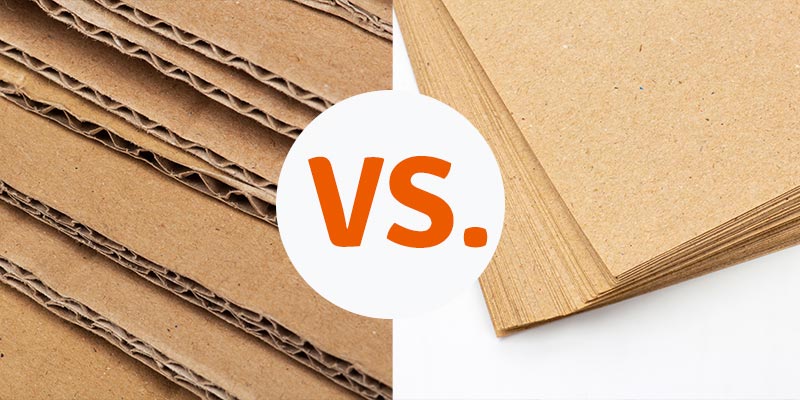
While cardboard sheets and corrugated boxes might seem similar, they have distinct differences. Cardboard sheets are flat and uniform in thickness, whereas corrugated boxes consist of a fluted corrugated layer sandwiched between two linerboards. This structure gives corrugated boxes additional strength and cushioning, making them ideal for shipping heavier items. On the other hand, cardboard sheets are often used for lightweight packaging, backing for products, or as separators in shipments.
4. Types of Cardboard Sheets
Single-Layer Cardboard Sheets
Single-layer cardboard sheets are the most basic form, consisting of a single layer of paperboard. They are often used for lightweight packaging and product backing.
Multi-Layer Cardboard Sheets
These sheets are made by layering multiple sheets of paperboard, providing extra thickness and durability. They are suitable for more demanding applications, such as industrial packaging.
Specialty Cardboard Sheets
- Wax-Coated Cardboard Sheets: These are coated with wax to provide moisture resistance, making them ideal for food packaging.
- Anti-Static Cardboard Sheets: Used in the electronics industry, these sheets prevent static discharge, protecting sensitive components during transport.
5. Applications of Cardboard Sheets
Industrial Applications
In the industrial sector, cardboard sheets are used to protect machinery parts, as backing material for products, and in custom packaging solutions.
Food and Beverage Industry Uses
Cardboard sheets serve as dividers in packaging, protecting products from damage and contamination. They are also used in trays and other food packaging solutions.
E-commerce and Packaging Needs
In the e-commerce sector, cardboard sheets are crucial for protecting items during shipping. They provide a lightweight and cost-effective packaging solution.
Agricultural Applications
Cardboard sheets are used in agriculture to protect produce during transport, as well as in packaging for seeds and other agricultural products.
6. Manufacturing Process of Cardboard Sheets
Cardboard sheets are made from recycled paper or wood pulp. The manufacturing process involves pulping the raw materials, forming them into sheets, and then pressing them to achieve the desired thickness and density. Quality control is a crucial part of the process to ensure the sheets meet industry standards.
7. Environmental Impact of Cardboard Sheets
Cardboard sheets are highly sustainable, as they are made from renewable resources and are fully recyclable. The recycling process for cardboard sheets involves breaking down the material into fibers, which can be reused to create new sheets. This makes cardboard sheets an eco-friendly alternative to plastic and other non-biodegradable materials.
8. Case Study: BC Box Manufacturing Ltd.
BC Box Manufacturing Ltd. is a leading provider of cardboard sheets in Canada, serving a variety of markets including industrial, food and beverage, e-commerce, and agriculture. They have a strong commitment to quality and sustainability, offering products that meet the specific needs of their clients. Success stories from BC Box Manufacturing Ltd. include partnerships with major food producers and e-commerce companies, where their cardboard sheets have played a critical role in product protection and packaging efficiency.
9. Future Trends in Cardboard Sheets
The future of cardboard sheets looks promising with ongoing innovations in material science. Emerging trends include the development of biodegradable coatings, enhanced durability for heavy-duty applications, and increased use in new industries such as electronics and pharmaceuticals. Additionally, as sustainability becomes a priority for businesses, the demand for eco-friendly packaging solutions like cardboard sheets is expected to grow. Follow along at https://cccabox.org/ for exciting new trends in corrugated and packaging manufacturing.
10. Practical Tips for Choosing the Right Cardboard Sheets
When selecting cardboard sheets for your business, consider the following factors:
- Industry Needs: Choose sheets that are suitable for your specific application, whether it’s food packaging, industrial use, or e-commerce.
- Quality Evaluation: Assess the thickness, density, and durability of the sheets to ensure they meet your requirements.
- Efficient Use and Storage: Store cardboard sheets in a dry, cool place to maintain their integrity and prevent warping.
11. Conclusion
Cardboard sheets are an indispensable part of modern packaging solutions, offering versatility, sustainability, and cost-effectiveness. Whether you’re in the industrial, food and beverage, e-commerce, or agricultural sectors, choosing the right cardboard sheets can make a significant difference in your operations. BC Box Manufacturing Ltd. stands out as a trusted provider, offering high-quality, customizable solutions to meet your business needs. Contact BC Box Manufacturing to learn more.
12. Frequently Asked Questions (FAQs)
What are cardboard sheets typically made of?
Cardboard sheets are typically made from recycled paper or wood pulp, pressed into layers to form a sturdy, flat material.
How do cardboard sheets differ from corrugated boxes?
Cardboard sheets are flat and uniform in thickness, while corrugated boxes have a fluted, layered structure that provides extra strength and cushioning.
Can cardboard sheets be customized?
Yes, cardboard sheets can be customized in terms of thickness, coating, and size to meet specific industry needs.
What industries benefit most from using cardboard sheets?
Industries such as food and beverage, e-commerce, agriculture, and industrial manufacturing benefit significantly from using cardboard sheets due to their versatility and cost-effectiveness.
